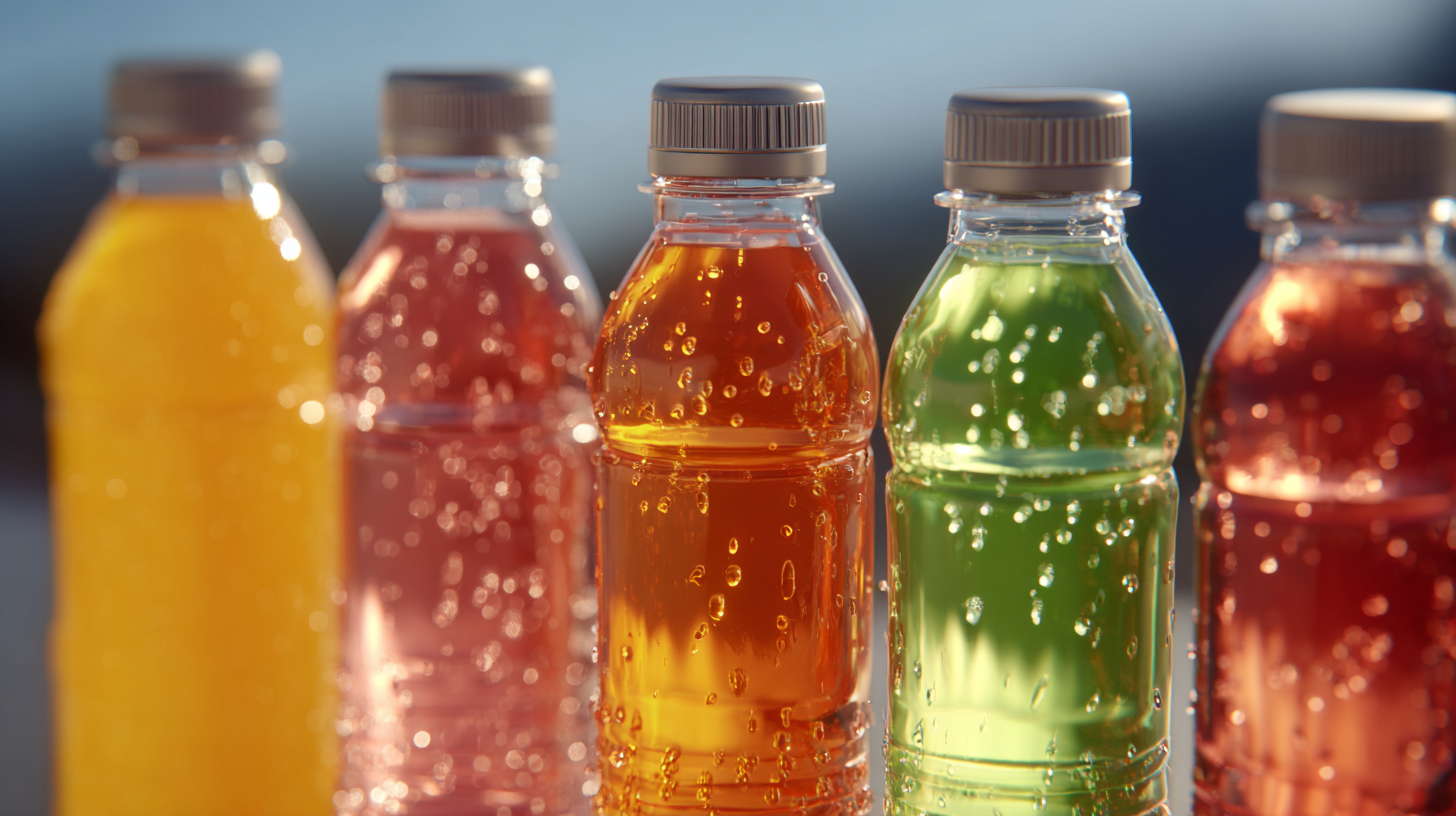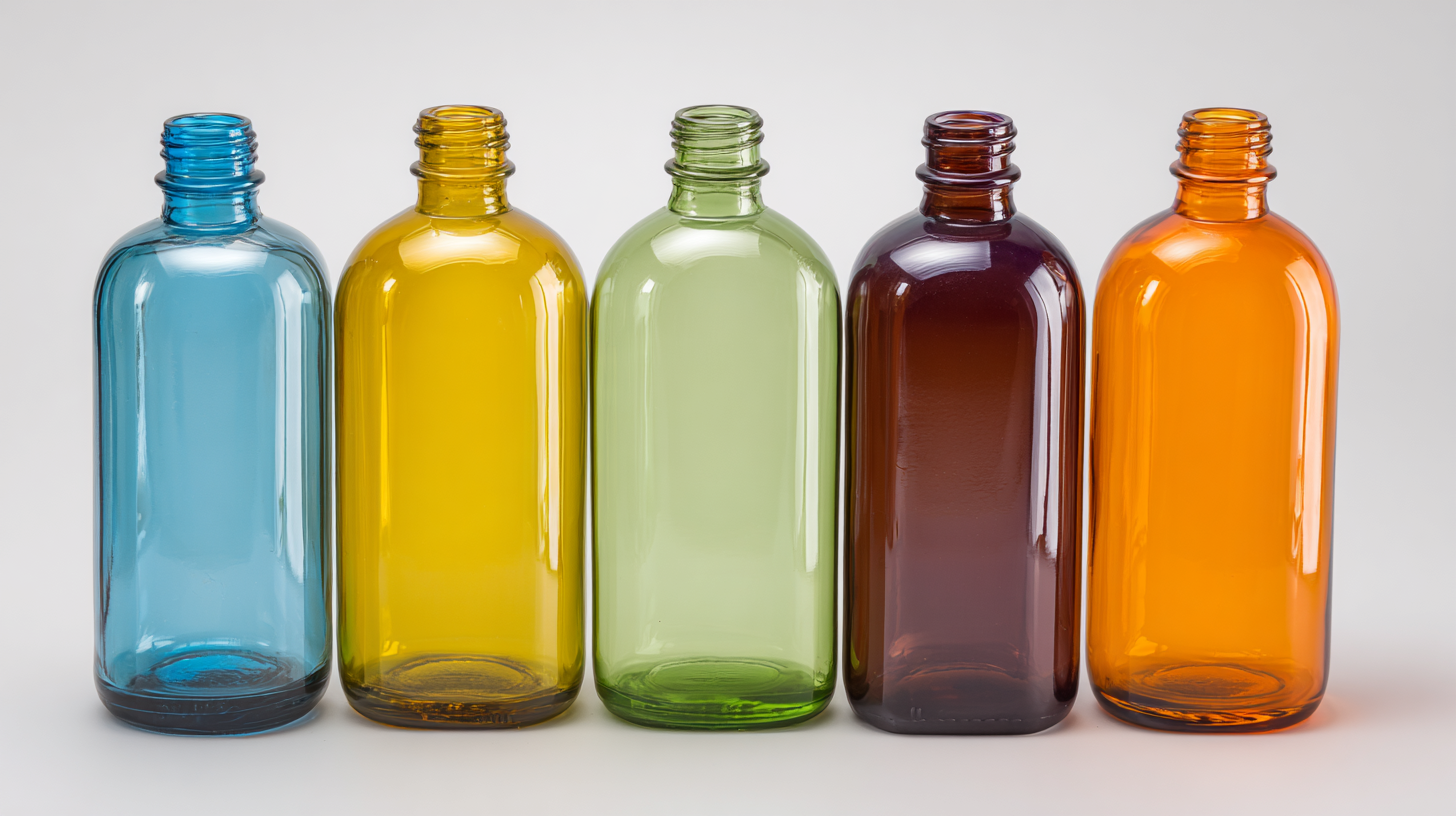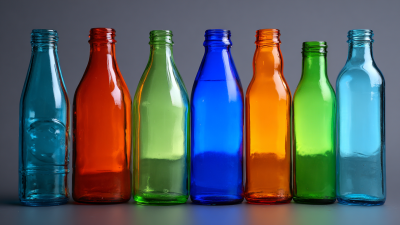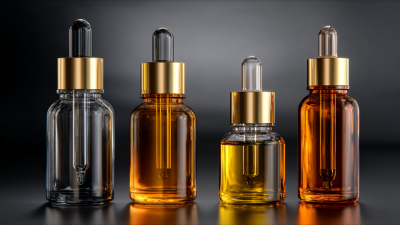5 Tips to Choose the Best Pet Bottles for Your Packaging Needs
 In the rapidly evolving packaging industry, the choice of materials is crucial for enhancing product appeal and sustainability. PET bottles, recognized for their lightweight and recyclable properties, have seen a significant surge in usage, accounting for approximately 70% of the global soft drink packaging market, according to the latest report by Transparency Market Research. These bottles not only contribute to reducing carbon footprints but also offer superior barrier properties compared to other plastics, ensuring product quality and longevity. As businesses seek to align with environmental standards and consumer preferences, it becomes imperative to select the best PET bottles tailored to specific packaging needs. This guide aims to provide essential tips for identifying the most suitable PET bottles, enabling companies to optimize both functionality and sustainability in their packaging solutions.
In the rapidly evolving packaging industry, the choice of materials is crucial for enhancing product appeal and sustainability. PET bottles, recognized for their lightweight and recyclable properties, have seen a significant surge in usage, accounting for approximately 70% of the global soft drink packaging market, according to the latest report by Transparency Market Research. These bottles not only contribute to reducing carbon footprints but also offer superior barrier properties compared to other plastics, ensuring product quality and longevity. As businesses seek to align with environmental standards and consumer preferences, it becomes imperative to select the best PET bottles tailored to specific packaging needs. This guide aims to provide essential tips for identifying the most suitable PET bottles, enabling companies to optimize both functionality and sustainability in their packaging solutions.
Key Factors to Consider When Selecting Pet Bottles for Packaging
When selecting PET bottles for your packaging needs, several key factors should be considered to ensure the best choice. First and foremost, assess the recyclability of the bottles. Recent studies highlight the importance of understanding the critical properties that impact the recycling process, especially in urban settings. Bottles that are designed with recyclability in mind can significantly reduce plastic waste, aligning with sustainability goals that are increasingly favored by consumers.
Another important factor is the material's environmental impact throughout its life cycle. Choose PET bottles that are produced with sustainable practices and consider innovations in recycling technologies that enhance their circularity. Additionally, consumer preferences are shifting towards more sustainable options, emphasizing the need for packaging solutions that not only meet functionality requirements but also resonate with eco-conscious customers. Understanding these elements will help businesses make informed decisions while contributing positively to the environment.
5 Tips to Choose the Best Pet Bottles for Your Packaging Needs
| Factor | Description | Examples |
|---|---|---|
| Material Quality | Ensure the PET material is food-grade and safe for your product. | BPA-free, high clarity |
| Bottle Shape | Consider the type of product and how the bottle shape can enhance its appeal. | Round, square, or custom designs |
| Size and Volume | Select sizes that meet your market demand and consumer preferences. | 100ml, 250ml, 500ml, 1L |
| Closure Type | Choose closures that ensure product safety and convenience for consumers. | Screw caps, flip tops, nozzle tops |
| Sustainability | Opt for recyclable or biodegradable PET bottles to appeal to eco-conscious consumers. | Recyclable PET, rPET |
Understanding Different Types of Pet Bottles Available in the Market
When selecting the best PET bottles for your packaging needs, it is essential to understand the various types available in the market. PET bottles are available in several forms, including standard, heavy-duty, and custom designs tailored for specific products. The growing demand for eco-friendly packaging solutions has also led to innovations in bottle design, particularly in the recycling sector.
The global PET bottle recycling market is projected to reach $6.32 billion by 2033, growing at a compound annual growth rate (CAGR) of 4.2% from a current valuation of $4.23 billion in 2024. This reflects an increasing preference for sustainable packaging options among consumers.
Furthermore, the bottled beverage industry has seen a notable expansion, with the carbonated drink segment expected to grow from $39.2 billion in 2022 to $52 billion by 2030, indicating a CAGR of 4.1%. This surge in demand correlates with the climbing needs for diverse PET bottle types that can accommodate varying beverage volumes, from standard soft drinks to specialty drinks. Understanding the market trends and the distinct types of PET bottles available will empower businesses to make informed decisions that align with both consumer preferences and sustainability goals.
How to Assess the Quality and Durability of Pet Bottles
When assessing the quality and durability of PET bottles for packaging, it is essential to consider several key factors. A report by the American Society for Testing and Materials (ASTM) emphasizes the critical role of material strength and resistance to environmental factors. High-quality PET should exhibit excellent tensile strength, with industry standards suggesting a minimum of 2.6 GPa to ensure it can withstand physical stress during transportation and handling. Additionally, resistance to UV light exposure is fundamental for products that are stored in bright conditions; bottles should ideally maintain their integrity even under prolonged sunlight exposure.
Moreover, durability is closely linked to the bottle's design and manufacturing process. According to the National Association for PET Container Resources, bottles with optimized wall thickness and shape can enhance performance, minimizing the risks of leaks or breakage. It is also vital to check for compliance with industry regulations, such as the FDA guidelines for food-grade packaging, which ensures safety and effectiveness in preserving contents. A thorough evaluation of these aspects will ensure that your choice of PET bottles meets not only the packaging needs but also regulatory standards for quality assurance.

Tips for Choosing the Right Size and Shape of Pet Bottles
When selecting the right size and shape of PET bottles for your packaging needs, it's essential to consider the nature of your product. Different liquids and materials require different bottle shapes to ensure optimal safety and efficacy. For instance, if you’re packaging a thick viscous liquid, a wider opening can facilitate easier pouring and dispense without creating a mess. Conversely, if your product is a lightweight liquid, a more slender design can save materials and shipping costs while maximizing shelf space.

Additionally, think about the intended use of the bottle. If your customers are going to use the product on-the-go, a more compact design might be beneficial, making it easy to carry and store. You should also consider the aesthetics of the bottle shape, as a unique design can help your product stand out on retail shelves. Lastly, assess the compatibility of your chosen bottle size with existing machinery for filling and capping processes, as this will streamline your production and keep costs down.
Environmental Impact: Choosing Sustainable Pet Bottles for Packaging Needs
Choosing sustainable PET bottles for packaging is essential for minimizing environmental impact. PET, or polyethylene terephthalate, is a highly recyclable plastic that can significantly reduce waste if managed properly. By selecting bottles made from recycled materials or those that are easily recyclable, businesses can contribute to circular economy practices. This not only lowers the demand for virgin plastic but also helps decrease fossil fuel consumption during production processes.
Additionally, the design and usability of PET bottles play a crucial role in sustainability. Opting for lightweight bottles can lessen transportation emissions and reduce carbon footprints. Moreover, collaborating with suppliers who prioritize sustainable manufacturing practices can further enhance environmental benefits. It’s vital to consider the entire lifecycle of the packaging—from production to disposal—ensuring that the chosen PET bottles align with broader ecological goals. Through mindful choices in selecting PET bottles, companies can make a significant impact on the preservation of the planet.
Related Posts
-

What are the Top Features of Best Pet Bottles for Global Buyers
-

Understanding Industry Standards for Crafting the Best Pet Bottles Guide to Quality and Compliance
-

How to Choose the Right Amber Bottles for Your Essential Oil Business
-

Discover the Global Success of Chinas Best Glass Dropper Bottles for International Buyers
-

Creative Packaging Bottles: Unique Examples That Elevate Your Product Presentation
-

How to Effectively Use a Glass Dropper in Your Everyday Life
